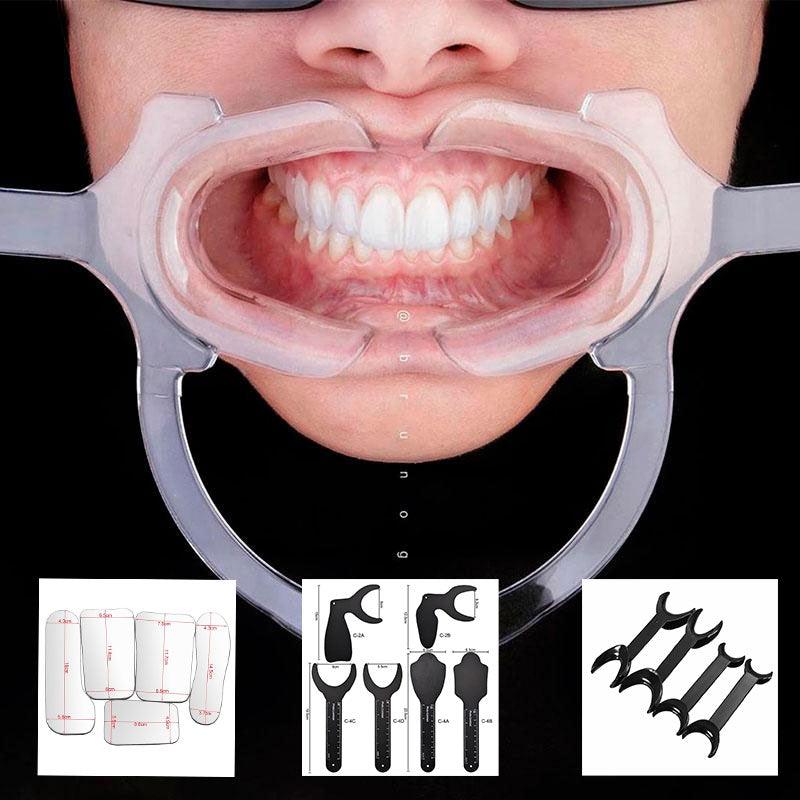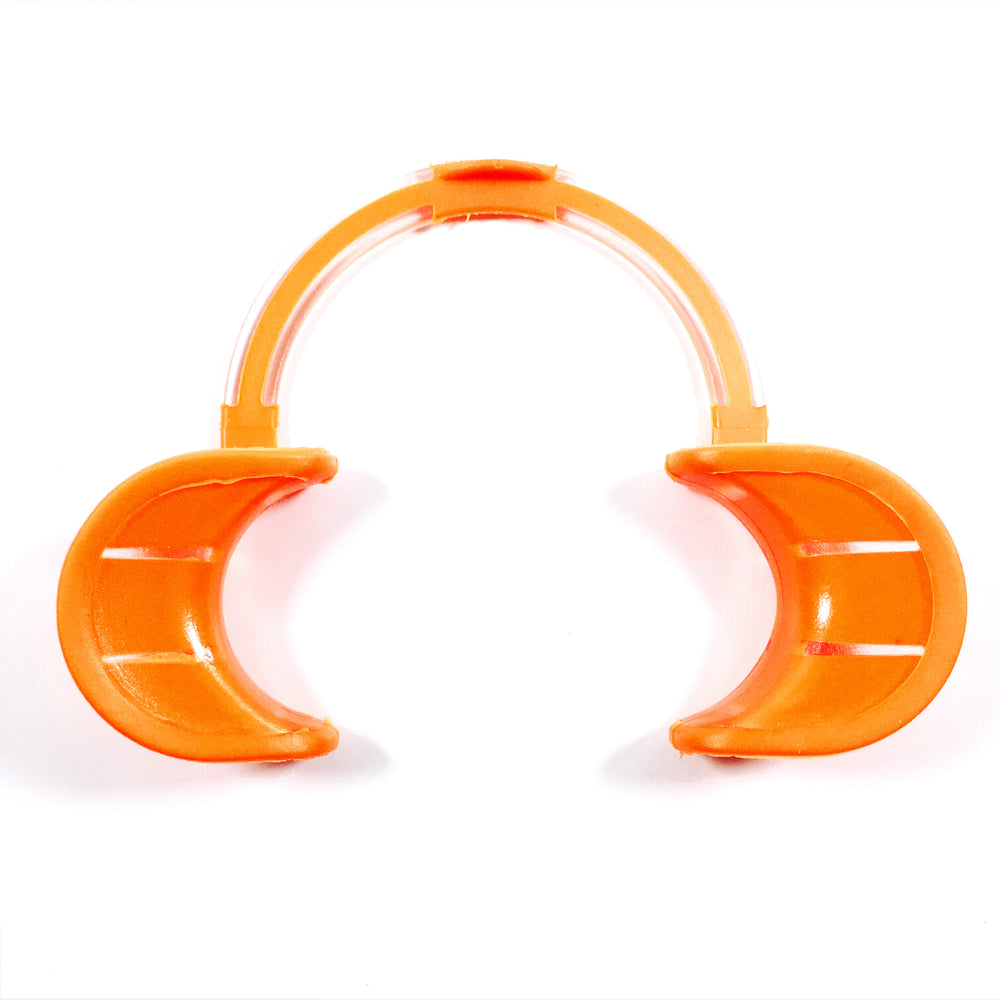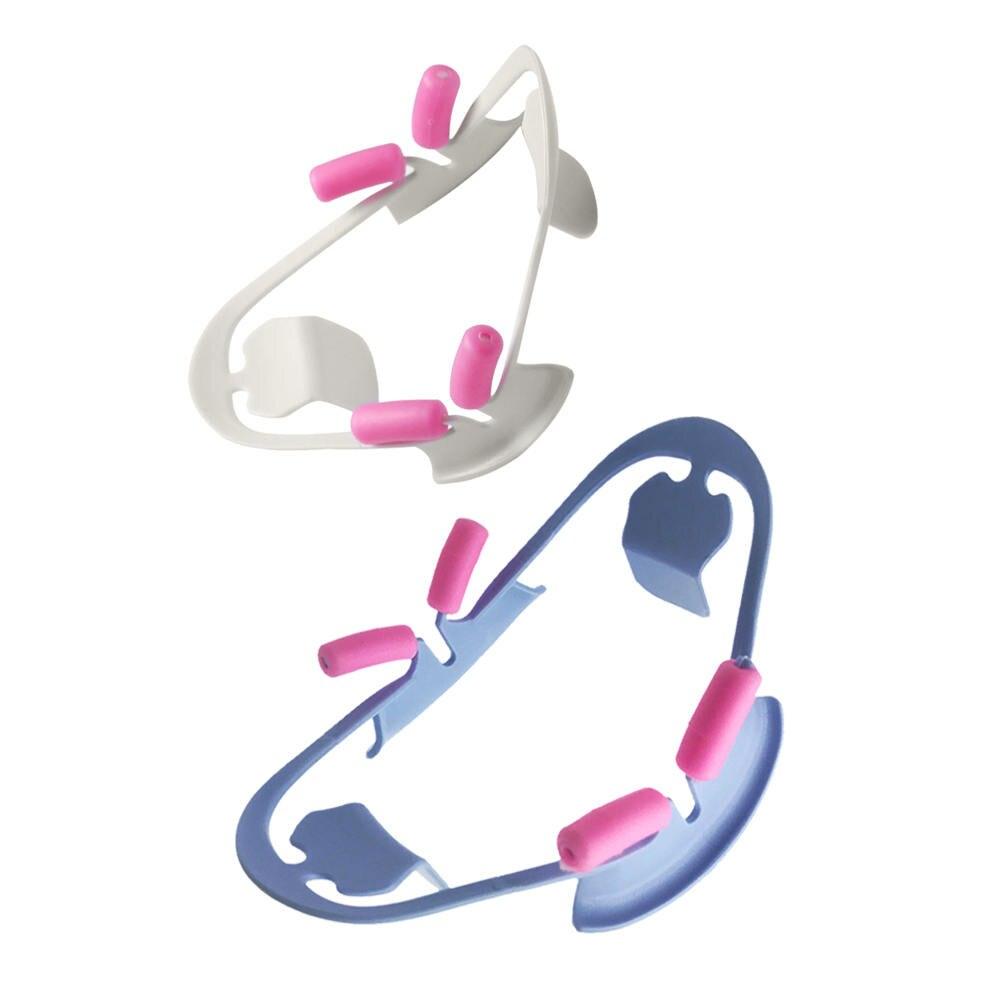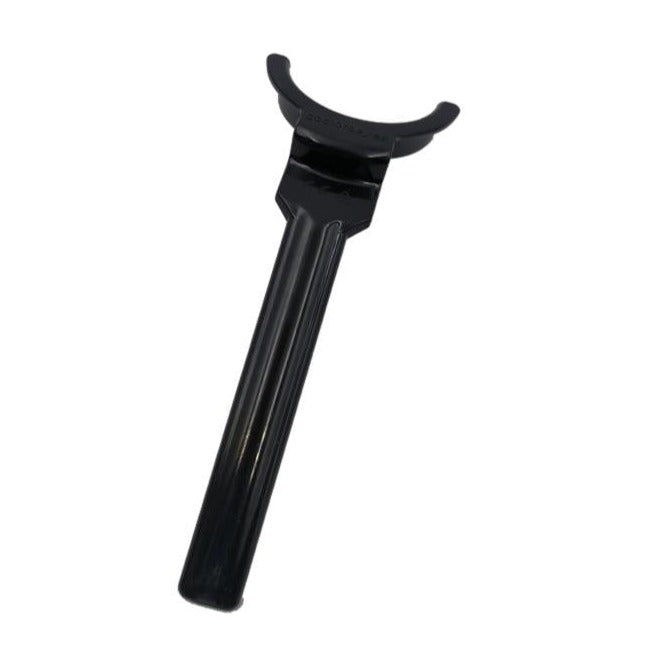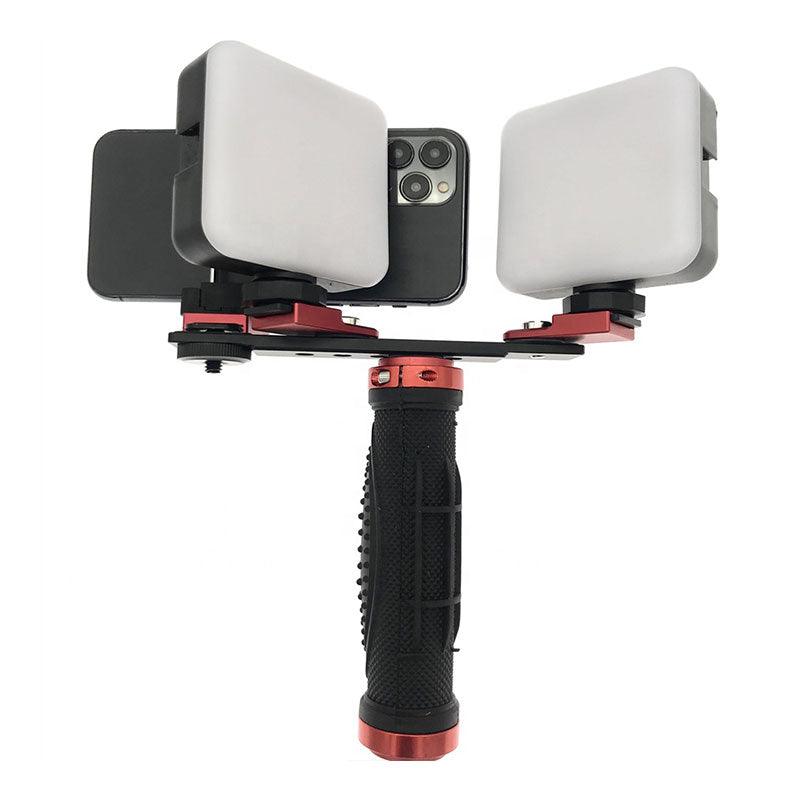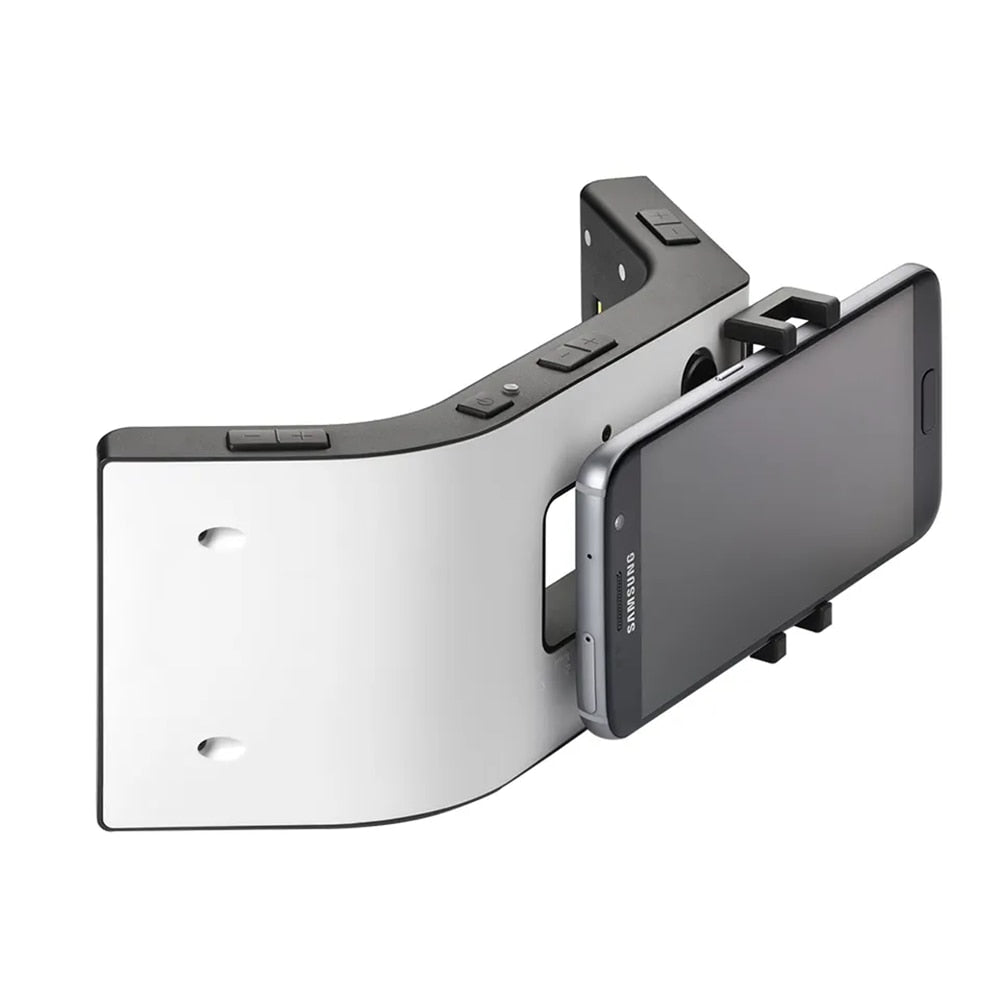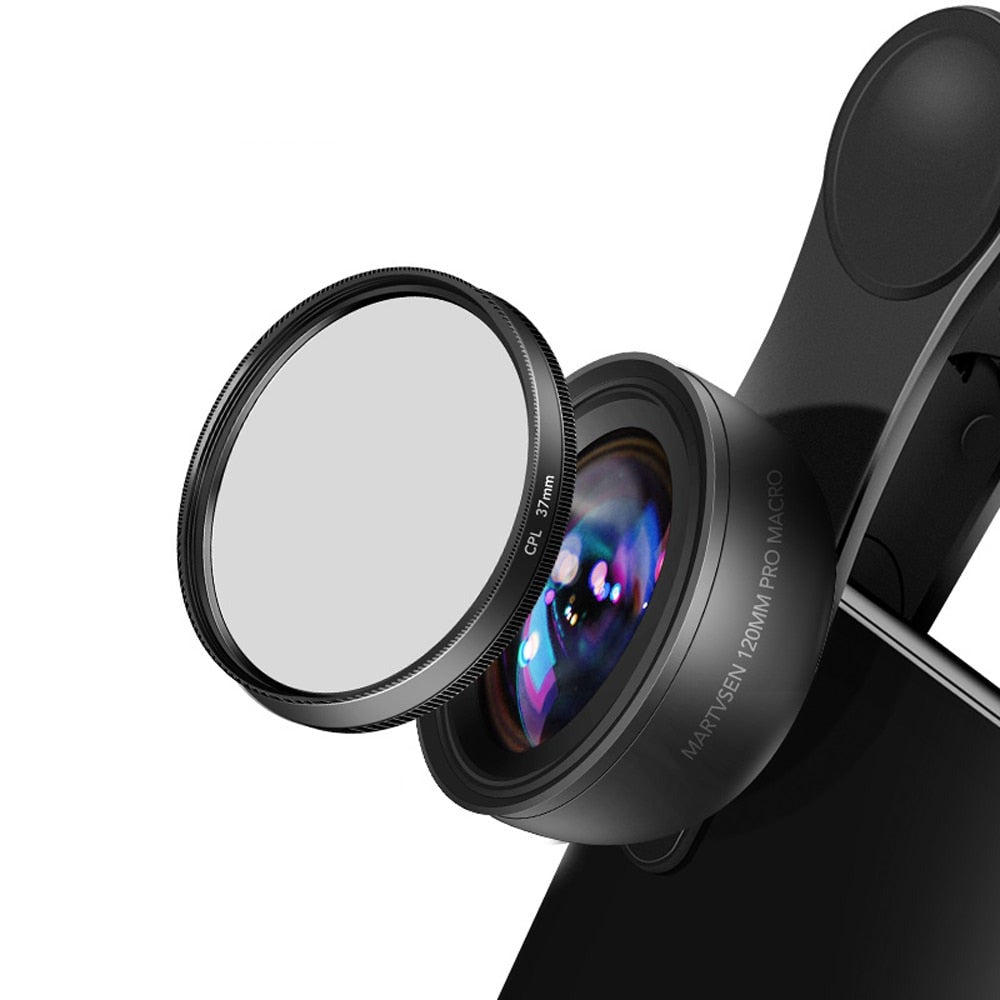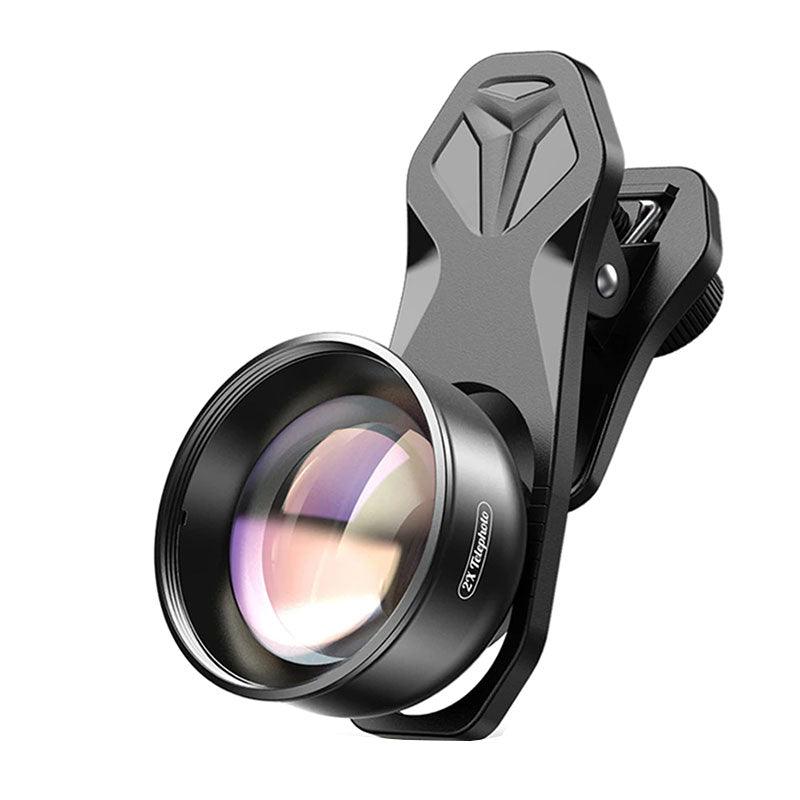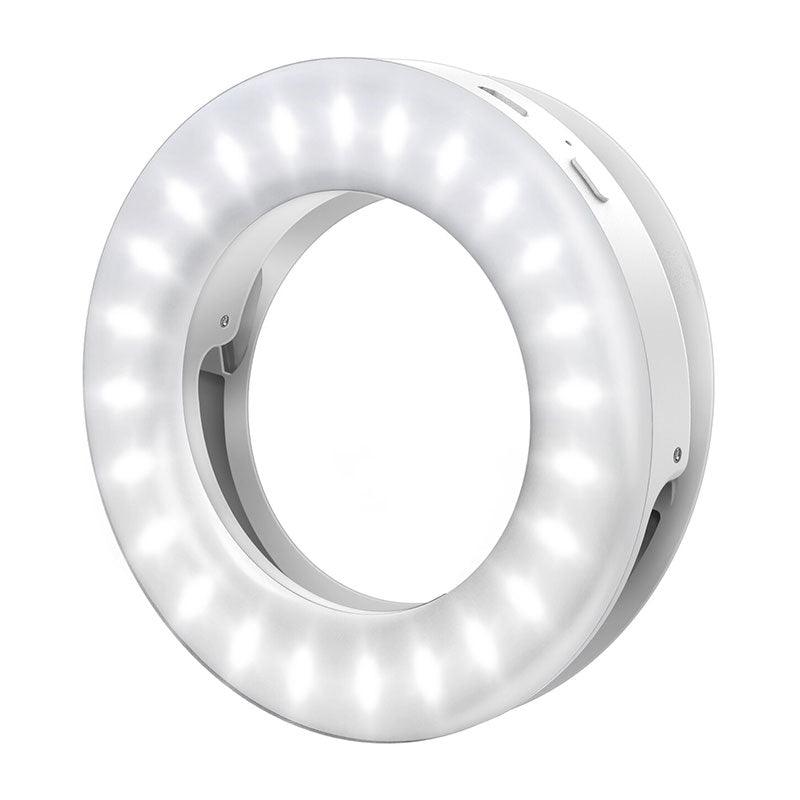Understanding the exposure triangle is essential for achieving perfectly exposed dental photographs. This article dives into the exposure triangle's components—aperture, shutter speed, and ISO—and provides life hacks to help you balance these elements effectively. By applying these principles, you'll capture dental images that are well-lit, detailed, and professionally composed.
1. What Is Exposure?
Life Hack 1: Exposure Defined: Exposure refers to the amount of light that enters the camera and affects the brightness and clarity of your dental images. Balancing the exposure triangle elements is vital for achieving accurate and visually pleasing results.
2. Aperture:
Life Hack 2: Aperture and Depth of Field: Aperture controls the amount of light entering the camera and affects depth of field. Use a wider aperture (lower f-stop value) to create a shallow depth of field, ideal for isolating the subject from the background in close-up dental shots.
Life Hack 3: Bokeh Brilliance: Experiment with wide apertures to achieve beautiful bokeh in dental images. This artistic blur adds aesthetic appeal to your shots, drawing the viewer's attention to the focal point.
3. Shutter Speed:
Life Hack 4: Freezing Motion: Shutter speed determines how long the camera's sensor is exposed to light. Use faster shutter speeds to freeze motion during dental procedures or when capturing patients' expressions.
Life Hack 5: Slow Shutter Creative Effect: For artistic shots, consider using slower shutter speeds to capture movement intentionally. This can add a sense of motion and emotion to your dental images.
4. ISO:
Life Hack 6: ISO and Light Sensitivity: ISO controls the camera's sensitivity to light. Increase the ISO in low-light situations, but keep in mind that higher ISO values can introduce digital noise. Use the lowest ISO possible to maintain image quality.
Life Hack 7: Test ISO Levels: Experiment with different ISO settings during test shots to determine the highest ISO value that maintains acceptable image quality for your dental photography.
5. Practice:
Life Hack 8: Test Shots: Before the dental procedure, take test shots to adjust your exposure settings. This helps you fine-tune your camera's settings without interrupting the procedure.
Life Hack 9: Bracketing: For critical shots, use exposure bracketing. This involves capturing the same shot at different exposure settings to ensure you capture the best possible result.
The exposure triangle is a fundamental concept that underpins successful dental photography. By understanding how aperture, shutter speed, and ISO interact, and by applying these life hacks, you'll be equipped to handle various lighting situations and capture dental images that are well-exposed, sharp, and visually engaging. With practice and a mastery of the exposure triangle, your dental photography skills will continue to grow, enhancing your ability to document procedures and communicate effectively with patients and colleagues.




